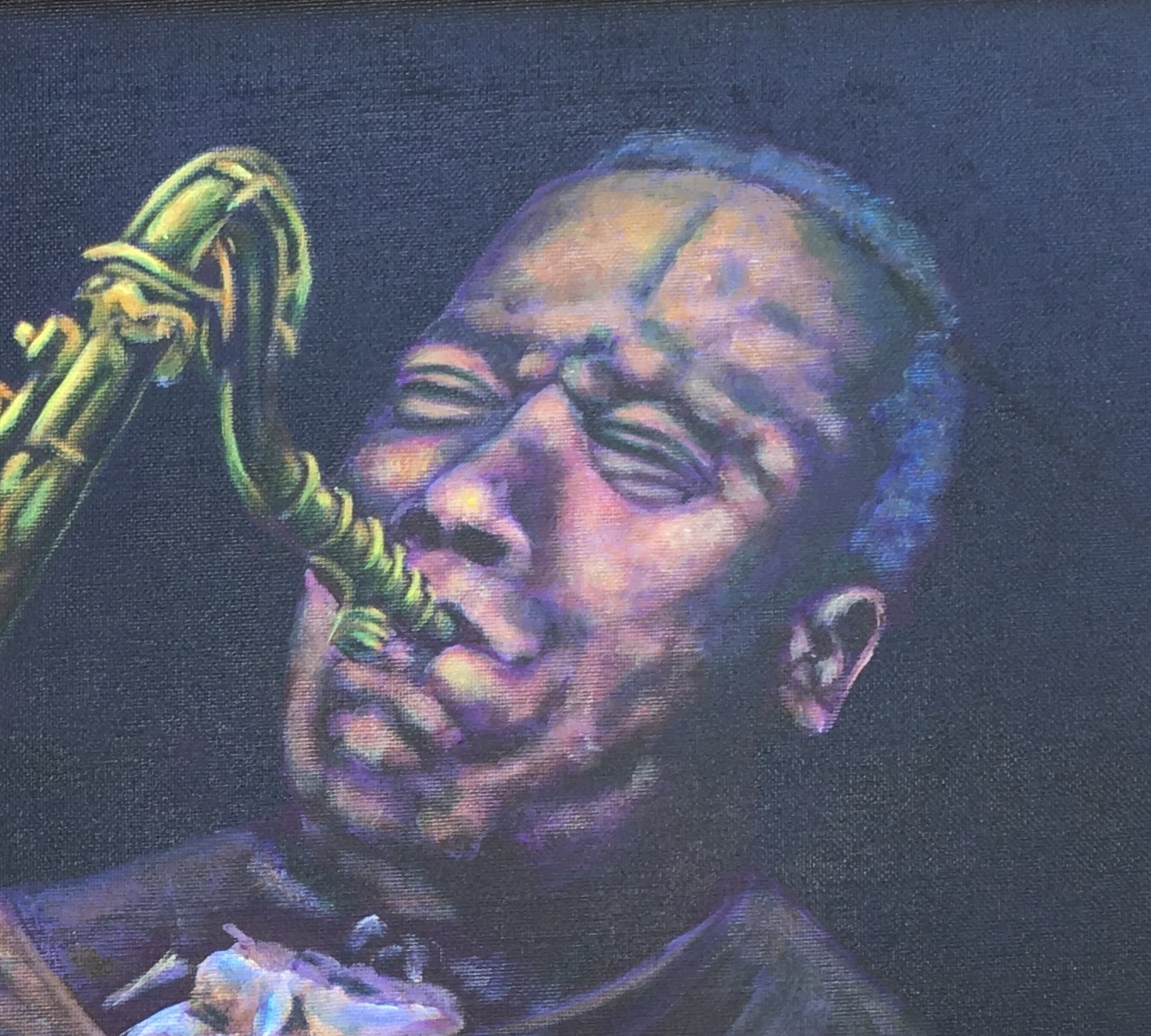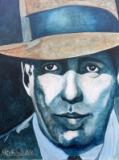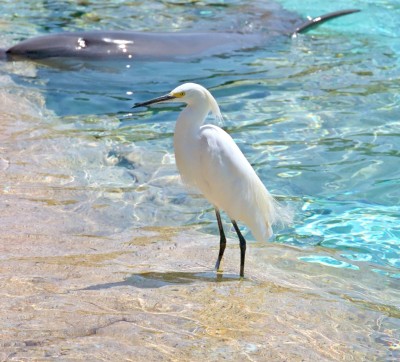The begining - The Revolutionary War
African-American history starts in the 17th century with indentured servitude in the American colonies

From the late seventeenth century onwards, a few American colonists, mostly Quakers, had expressed their moral opposition to the spread of black slavery throughout British America. It was not until the coming of the Revolution, however, that the first concerted protests arose, first against the continued importation of slaves and then against slavery itself, as contrary to the liberties and natural rights for which the war was being fought. Voices raised across the North exploring the hypocrisy of a war waged against tyranny while not applying to slavery in the colonies. Within a generation of the Revolutionary War, every state that would later be labeled as a Northern state either abolished slavery or set in motion provisions for gradual emancipation.
Some New England states adopted immediate emancipation. In some areas of the country where religious groups such as the Quakers played a prominent role in political life, there was strong opposition to having slaves. Rhode Island was the first state to abolish slavery in 1774. Vermont, where slavery was practically non-existent, banned it in 1777. The war came first however, and most of the Northern leaders decided that anything that could upset the struggle ought to be, in the words of the New Hampshire legislature in 1780 “postponed till a more convenient opportunity.” In Massachusetts and New Hampshire, a series of judicial interpretations during the 1780s declared the institution in violation of the bills of rights contained in their new state constitutions.
The emancipation did not always turn out as positively as many slaves had hoped. Northern slaves, more often than those of the colonial South had filled skilled positions, working as artisans, especially in the cities. They appear as bakers, tailors, weavers, goldsmiths, and woodcut illustrators. Such status allowed them a certain power to negotiate with their masters, and win certain protections. It also earned them the jealousy of white workers, who petitioned relentlessly against slave competition in Boston, New York, and Philadelphia. With the end of slavery, the white workers who had sought these jobs for generations soon swept them clean of black incumbents. The freed slaves were excluded from the occupations that would have allowed them to make something of their freedom.
Even though the importation of slaves from other countries was banned in 1808, the selling of slaves within our borders continued. In 1831, Arthur and Lewis Tappan established the first Antislavery Society in New York. Two years later it became a national organization, and Tappan was elected its first president. The organization’s main supporters were from religious groups, such as the Quakers, and from the free black community. By 1840, the society had 250,000 members and 2,000 local chapters.
Despite much of the North working toward abolishing slavery, there were many legal setbacks. In 1850 Congress passed the Fugitive Slave Law. Its main provision was that any federal marshal who did not arrest an alleged runaway slave could be fined $1,000. A person suspected of being a runaway slave could be arrested and turned over to any person who gave sworn testimony of ownership. A suspected slave could not ask for a jury trial nor testify on his or her own behalf. Any person who aided a runaway slave by providing shelter, food or any other form of assistance would be sentenced to six months' imprisonment and a $1,000 fine. Officers who captured a fugitive slave were entitled to a fee, and this encouraged some officers to kidnap free African Americans and sell them to slave owners.
In 1854, Stephen Douglas introduced his Kansas-Nebraska bill to the Senate. It allowed people in the territories of Kansas and Nebraska to decide for themselves whether or not to allow slavery within their borders. The Act effectively repealed the Missouri Compromise of 1820 which prohibited slavery north of latitude 36°30´. Southerners entered the area with their slaves, while active members of the Antislavery Society also arrived. Henry Ward Beecher condemned the bill from his pulpit and helped to raise funds to supply weapons to those willing to oppose slavery in these territories.
Kansas elected its first legislature in March, 1855. Although less than 2,000 people were qualified to take part in these elections, over 6,000 people voted, mainly Missouri slave owners who crossed the border to make sure pro-slavery candidates were elected. The new legislature passed laws that imposed the death penalty for anyone helping a slave to escape and two years in jail for possessing abolitionist literature. In 1856, Abraham Lincoln joined the Republican Party and unsuccessfully challenged Stephen Douglas for his seat in the Senate. In 1858 when he made a speech at Quincy, Illinois. Lincoln argued: "We have in this nation the element of domestic slavery. The Republican Party think it wrong—we think it is a moral, a social, and a political wrong…that affects the existence of the whole nation."
Fighting back, opponents of slavery were becoming more militant in their views. John Brown and five of his sons moved to the Kansas Territory to help antislavery forces obtain control of that area. With the support of Gerrit Smith and other prominent abolitionists, Brown then moved to Virginia where he established a refuge for runaway slaves. In 1859, John Brown led a party of 21 men in a successful attack on the Federal armory at Harper's Ferry, hoping that his action would encourage slaves to join his rebellion and form an emancipation army. Two days later, Robert E. Lee and a company of marines attacked the armory. Brown and six men barricaded themselves in an engine-house, and continued to fight until Brown was seriously wounded and two of his sons had been killed. Brown was executed on December 2, 1859.
Don't miss a single page. Find everything you need on our complete sitemap directory.
Listen or read the top speeches from African Americans. Read more
Read about the great African Americans who fought in wars. Read more
African Americans invented many of the things we use today. Read more
Thin jazz, think art, think of great actors and find them here. Read more
Follow the history of Black Americans from slave ships to the presidency. Read more
Olympic winners, MVPS of every sport, and people who broke the color barrier. Read more
These men and women risked and sometimes lost their life to fight for the cause. Read more
Meet the people who worked to change the system from the inside. Read more

Visit my RedBubble page and use Michael Arnold Art to create greeting cards, T-shirts, mugs, and more.

The variety and impressive numbers of mammals, birds and marine wildlife in Alaska draw visitors from all over the world. For some travelers, Alaska is wilderness, at least compared to what they may know from back home. The pristine wilderness of Alaska is, perhaps, the last vestige of thriving populations of North American wildlife. Where else can you see polar bears, bald eagles, blue and humpbacked whales, gray wolves, grizzly bears, orcas, lynx, moose, and hundreds of other rare and endangered species in their original and undisturbed natural habitats?

Enjoy our website filled with original signed acrylic paintings by award winning Artist Michael Arnold. Located in Citrus County Florida, Michael Arnold is a the editor at the Citrus County Chronicle. When he's not busy being an editor, he is an avid artist who enjoys painting in a variety of styles. We hope you take the time to click on each image to see a larger view and to learn what the artist, Michael Arnold has to say about his paintings.

As dog owners and people who care deeply for animals and wildlife, we wanted our Dog Encyclopedia to be a website that could empower pet owners to create the most positive, loving environment for their dogs. Dog Encyclopedia realizes that owning a dog is like adding a new member to your family.

Floridian Nature has everything your are looking for in Florida nature. The wildlife of Florida is rich and varied, yet most of us are familiar with only a dozen or so species: the "well known endangered species such as manatees and panthers; those, like raccoons and squirrels, that have adapted to urban environments; the frightening alligators and black bears; and those like the armadillo who can't seem to cross the road. Yet they are just a few of the many animal species found in Florida.
